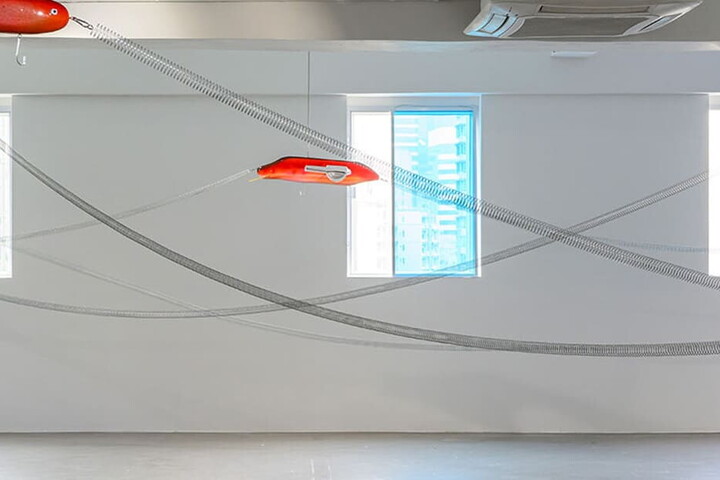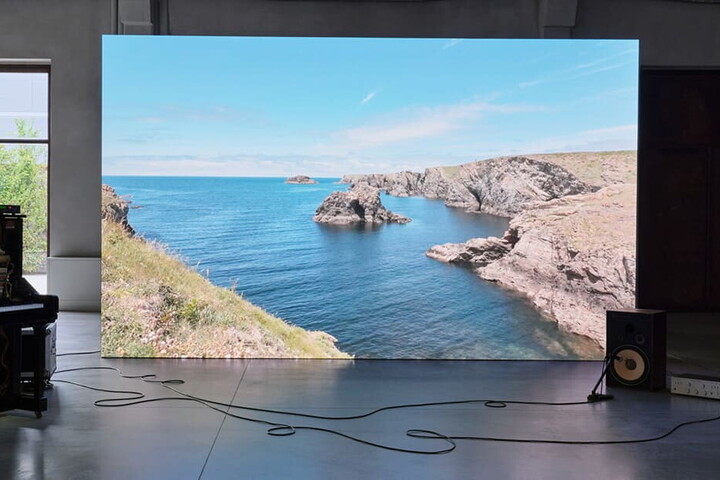A tyre is leaving its mark as it goes, from the Meazza Stadium in San Siro to Via Manzoni, in Milan, through the skyscrapers of New York and St Basil's cathedral in Moscow. Lining the streets, you can spot posters by Armando Testa, Bruno Munari, Bob Noorda, Lora Lamm: household names in the fields of graphic design, illustration, painting and product design, who have all contributed to the creation of the Pirelli style.
A style synthesized in the video that "crosses" the book titled "Una musa tra le ruote. Pirelli: un secolo di arte al servizio del prodotto (“The Muse in the Wheels. Pirelli: a Century of Art in the Service of its Products”), Pirelli Foundation's latest project edited by Giovanna Ginex and published by Corraini.
They've told the story of the Pirelli brand in a non-conventional way, picking values, images and stories to evoke specific worlds and aspirations, giving a “rubber soul” to rain macs, high heels, soles and sponges – but most of all to car tyres.
Thinking creatively of an object that presents itself as a mere cut-out disc of black rubber was never going to be an easy task: for this reason, artists were often invited to take an educational tour in the Pirelli factories. This book tells the story of the fruitful dialogue between Pirelli and its artists, which began early in the history of the company, in 1872, when Pirelli asked painters and designers to reinvent the spaces of its newly-founded factory. Soon, their talents moved onto designing innovative advertising campaigns for the Pirelli products. The characteristic “long P” of the Pirelli logo made its first appearance in 1907, possibly inspired by the signature of company founder Giovanni Battista Pirelli, it seemed fit to represent the flexibility of his rubber tyres.
Between 1948 and 1972, highbrow artists such as Renato Guttuso, Alessandro Mendini and Pino Tovaglia joined the ranks of the illustrators working on the new Pirelli Magazine. From an idea of Leonardo Sinisgalli and later with the aid of Arrigo Castellani: Pirelli: Rivista d'informazione e di tecnica was inspired by the fashionable illustrated news magazines of the time, and aimed for a broad readership. Its pages held important articles on the matters of progress and development in Italy: complex issues such as production, science and technology were tackled with a simple and accessible language and juxtaposed with writings on art, architecture, sociology, economy, urban planning, literature, cinema and pop culture.
The Pirelli mag was a place where businessmen came together with key Italian personalities unrelated to the industrial world: for two decades it has been a home to some of the most advanced cultural debates in our country, featuring prestigious contributors such as Dino Buzzati, Italo Calvino, Umberto Eco, Giulio Carlo Argan, Arrigo Levi, Gillo Dorfles, Eugenio Montale, Enzo Biagi, Salvatore Quasimodo, Elio Vittorini, Fernanda Pivano among many others.
Its innovative style choices in the field of advertisement, coupled with the cultural relevance of its magazine, have consolidated the identity of Pirelli as a major player in business culture, able to interpret the continuously evolving landscape of art. It's not so much the tale of art patronage, but rather a brilliant example of functional art, of communication and design, in the service of the product. With its innovative language, the Pirelli style contaminates cities across the globe: “Ideas that take up a new path, leave their mark forever…”




